Thai Basil or Sweet Basil: Spotting the Differences
Thai basil and sweet basil both smell like summer gardens, but they play very different roles in the kitchen - kind of like cousins with distinctive personalities.
Even if you’ve used them both, you might not realize how much swapping one for the other changes a dish’s vibe.
Their flavors sneak up in unexpected ways, turning simple recipes into something instantly more interesting.
Curious which one gives your curry that sharp lift or makes your pasta sing? This comparison isn’t about declaring a winner - it’s about unlocking small switches that can brighten what’s already on your plate.
Keep reading and you’ll start spotting which basil fits the mood before you even smell it.
Sweet Basil: Discover This Herb’s Delightful Facts
Sweet basil is one of the most popular and widely used herbs in cooking, especially in Mediterranean and Italian cuisines. It features smooth, shiny, and rounded green leaves that have a delicate texture and a mildly sweet flavor with hints of mint, pepper, and subtle anise.
This gentle flavor makes sweet basil a perfect addition to dishes like pesto, pasta, pizza, and salads. Aromatic as well as flavorful, sweet basil gives off a clove-like scent that becomes stronger when the leaves are gently crushed or rubbed.
Because of its delicate leaves, sweet basil is best added towards the end of cooking to preserve its fresh taste and aroma. It wilts quickly under heat, which can cause it to lose some of its flavor.
Sweet basil is believed to have originated from regions like China, India, or Africa, though its exact roots are debated.
Thai Basil: The Guide To A Famous Basil Variety
Thai basil is a vibrant herb widely used in Southeast Asian cooking, especially in Thai, Vietnamese, and Cambodian cuisines. Unlike the sweet basil commonly found in Western kitchens, Thai basil has a distinct aroma and flavor profile that’s spicier, with hints of anise, licorice, and clove.
Its leaves are smaller, darker green, and often have purple stems. This herb shines in dishes like Thai green curry, stir-fries, and pho, where its bold taste adds depth and complexity.
Thai basil holds up well to cooking heat, retaining its flavor better than sweet basil.
Sweet Basil vs Thai Basil: Exploring The Differences
Here are key differences between sweet basil and Thai basil. From taste and appearance to culinary uses, this guide will help you choose the right basil for every dish.
| Feature | Sweet Basil | Thai Basil |
| Appearance & Texture | Broad, soft, smooth green leaves; delicate | Narrow, tough leaves with serrated edges; purple stems |
| Flavor & Aroma | Mild, sweet, minty with clove-like scent | Bold, spicy, licorice-like with strong aroma |
| Growing & Lifespan | Annual; thrives in warm sun; lasts 4-5 months | Perennial; prefers hot, humid climates; lives multiple years |
| Health Benefits | Antioxidants, anti-inflammatory, digestion aid, lowers blood pressure | Antioxidants, fiber-rich seeds, supports digestion, eases tension |
| Cultural Significance | Key in Mediterranean & Italian dishes; historic culinary herb | Essential in Southeast Asian cuisine; culturally important with debated origin |
Appearance and Texture
Sweet basil has broad, soft, and smooth leaves that are bright green and rounded. The leaves are delicate and can bruise or wilt easily when handled or cooked.
Thai basil, in contrast, features narrower, tougher leaves with serrated edges and a slightly glossy finish. Its distinctive purple stems and purplish flowers set it apart visually. Thai basil’s sturdier texture allows it to hold up better under heat during cooking.
Flavor and Aroma
Sweet basil offers a sweet, mild flavor with subtle hints of mint, pepper, and a gentle anise-like undertone. Its aroma is fresh and clove-like.
Thai basil has a bolder, more complex flavor profile: spicy, with strong notes of licorice and anise. Its scent is more intense and herbal, reminiscent of Southeast Asian cuisine delights like pho and stir-fries.
Culinary Uses
Sweet basil is beloved in Mediterranean and Italian dishes for its fresh, mild flavor. However, it’s quite sensitive to heat.
Because its delicate leaves wilt easily and lose their aroma when cooked for too long or exposed to high heat, sweet basil is best added at the end of cooking or used fresh as a garnish to preserve its bright, fragrant qualities.
Thai basil is much more heat-tolerant thanks to its sturdier leaves and stronger flavor. It holds up well during cooking and even releases more of its characteristic spicy, licorice-like aroma when heated.
This makes Thai basil ideal for stir-fries, soups, and other hot dishes where it can infuse the meal with its bold taste without losing its essence.
Growing Conditions and Lifespan
Sweet basil thrives in warm, sunny climates and prefers well-drained soil. It’s an annual herb, typically living for one growing season (about 4-5 months), requiring replanting each year.
Thai basil is more resilient and considered a perennial in suitable climates. Originating from tropical Southeast Asia, it prefers hot, humid environments and can live for multiple years if cared for properly. Thai basil’s hardier nature makes it a great option for longer-term growing.
Health Benefits
Both types of basil boast impressive health benefits. Sweet basil is rich in antioxidants and essential oils that help reduce inflammation, lower blood pressure, and support digestive health. It may also boost mental alertness and protect against some bacterial infections.
Thai basil offers similar benefits, with added value from its seeds, which are high in fiber, magnesium, and calcium. The herb is used in traditional remedies for digestion, fever, and respiratory issues, and its aroma is known to ease tension.
Cultural and Historical Significance
Sweet basil has deep roots in Mediterranean cuisine and culture, often associated with Italian and French cooking. It’s a symbol of love and good wishes in some cultures and has been cultivated for centuries.
Thai basil plays a vital role in Southeast Asian cooking, particularly in Thai, Vietnamese, and Cambodian dishes. It is prized for its unique flavor and is an essential ingredient in many traditional recipes. While sweet basil’s history is well documented, Thai basil’s exact origins are debated but it remains a beloved culinary staple in Asia.
Delicious Recipes with Thai and Sweet Basils
It's time to create some delights with Thai and sweet basil. Whether you prefer the fresh, mild notes of sweet basil or the bold, spicy kick of Thai basil, these recipes will inspire your cooking creativity!
Fresh Pesto
Making fresh basil pesto at home takes no time at all with a few basic ingredients.
Simply grab some pine nuts, good Parmesan cheese, quality olive oil, and a few garlic cloves to create this delicious green sauce in minutes. Once blended together, your homemade pesto becomes the perfect companion for pasta dishes or as a tasty topping that brings pizzas to life.
Caprese Salad
Fresh basil leaves make an incredible addition to your salad, bringing a burst of flavor that can't be matched. The natural pairing with ripe tomatoes and mozzarella creates a simple but delicious combination that works for any meal.
Just a light drizzle of balsamic vinegar ties everything together perfectly, creating a side dish that feels special without much effort.
Thai Basil Chicken (Pad Krapow Gai)
Juicy chicken paired with fragrant Thai basil creates a mouthwatering meal that gets even better when mixed with savory garlic, sweet onions, and zesty spices.
Rice makes the perfect accompaniment to this traditional favorite, soaking up all the delicious sauce so nothing goes to waste.
Vietnamese Beef Pho
Vietnamese cuisine fans adore Pho, one of the greatest noodle soups globally with its incredible broth flavor. Fresh Thai basil leaves make this already delicious soup completely irresistible.
Homemade Pho might seem challenging at first glance, but anyone can master this tasty dish with quality ingredients, good instructions, and plenty of patience.
Got Questions? We’ve Got Solutions
1. Can Thai basil and regular basil be substituted for each other?
While possible in a pinch, they have different flavors. Thai basil has a stronger anise/licorice taste that won't fully replicate in dishes calling for sweet basil, and vice versa. The dish will taste different but might still be enjoyable.
2. How should I store Thai basil compared to regular basil?
Both types should be stored similarly - wrapped in damp paper towels in the refrigerator for short-term use (3-5 days), or frozen in olive oil in ice cube trays for longer storage. Avoid refrigerating basil still attached to stems in water, as Thai basil particularly wilts quickly.
3. Which cuisines typically use Thai basil versus regular basil?
Thai basil is essential in Southeast Asian cooking, particularly Thai, Vietnamese, and Laotian dishes. Regular sweet basil is foundational in Mediterranean and Italian cuisine, commonly used in pastas, pizzas, and salads.
4. Is Thai basil or regular basil easier to grow at home?
Thai basil is generally more heat-tolerant and resilient than sweet basil, making it slightly easier to grow, especially in warmer climates. Both need full sun but Thai basil can better withstand hot summer temperatures without wilting.

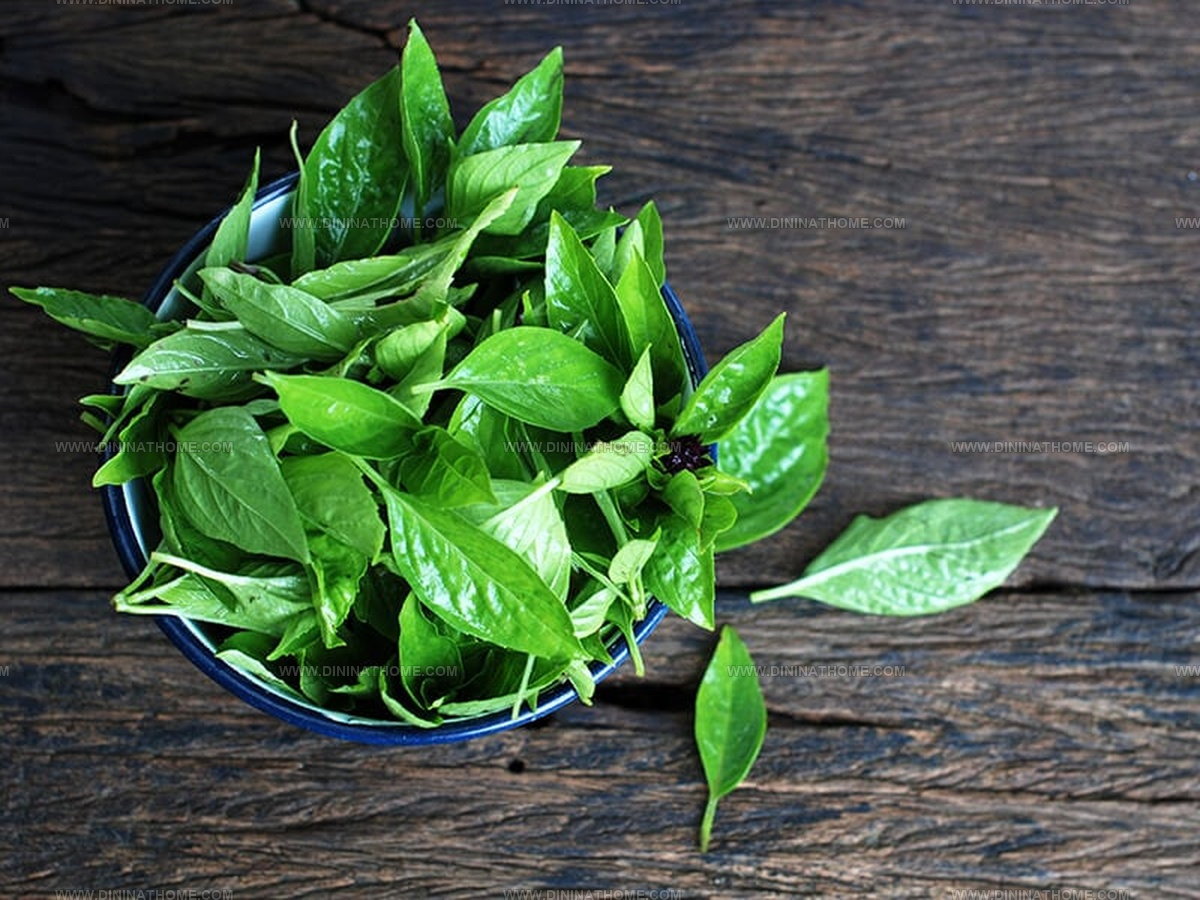
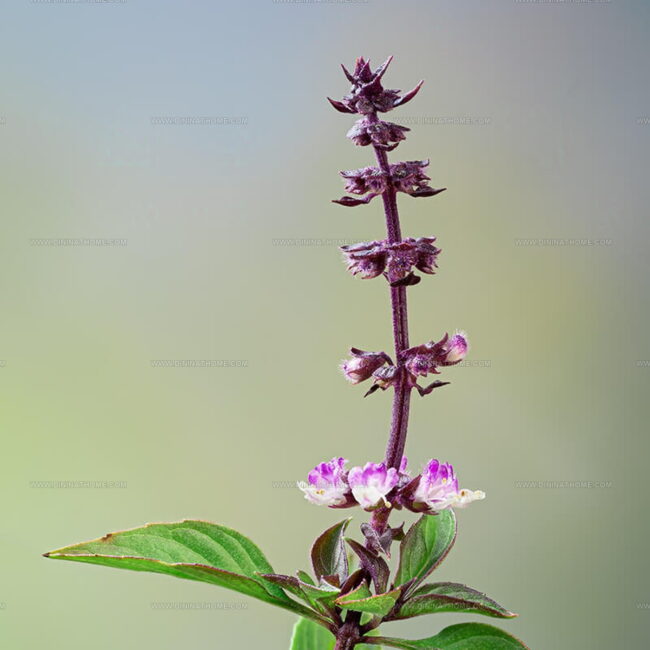
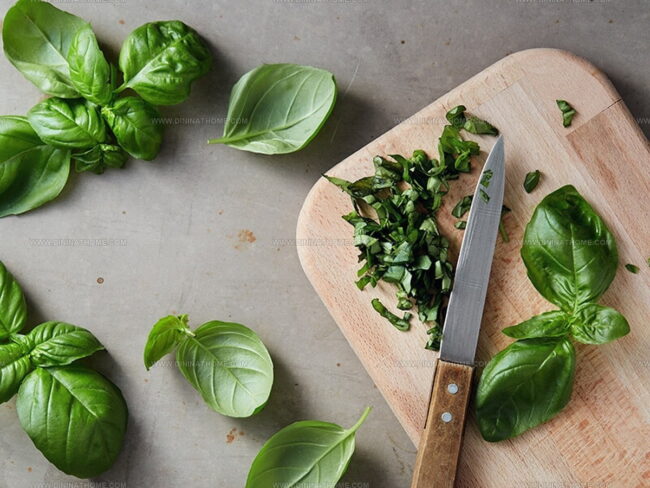
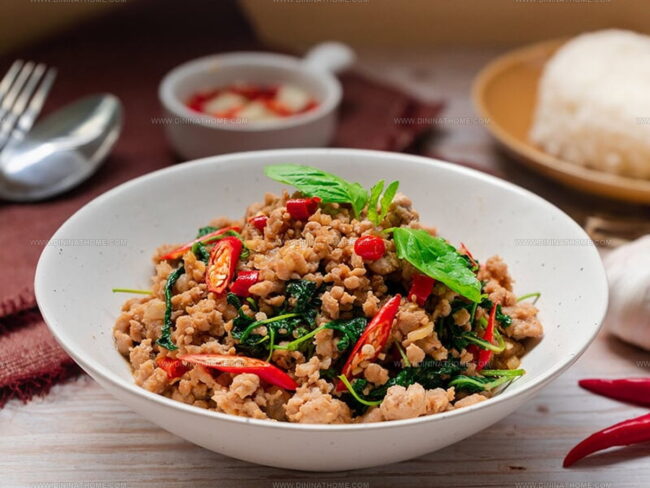
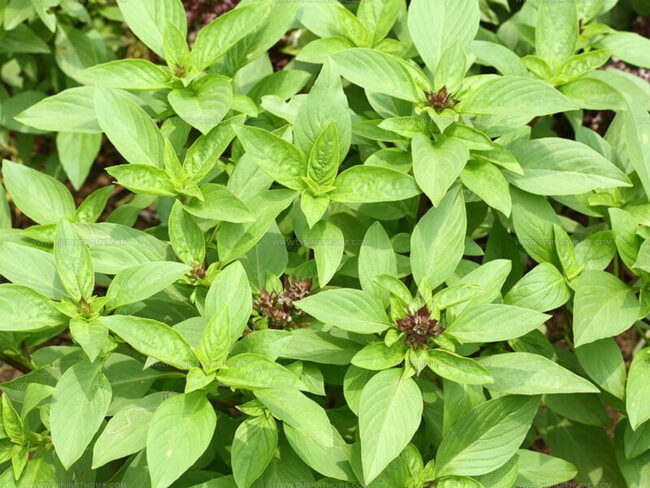
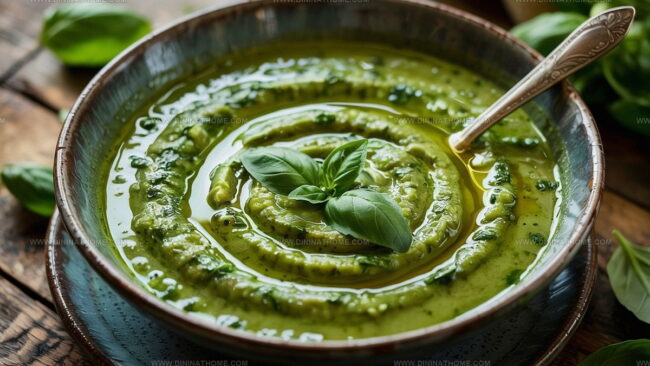
James Walker
Lead Recipe Developer & Culinary Educator
Expertise
Southern Cuisine & Farm-to-Table Cooking, Recipe Development & Testing, Culinary Education & Instruction
Education
School: Auguste Escoffier School of Culinary Arts
Program: Diploma in Culinary Arts and Operations
Focus: Comprehensive training in classical and modern culinary techniques, kitchen operations, and farm-to-table practices.
James didn’t learn cooking from a TV show, he learned it from busy kitchens, family gatherings, and long afternoons spent testing recipes the hard way.
After training at the Auguste Escoffier School of Culinary Arts, he brought his love for real, down-to-earth food to every dish he makes.
At Dining At Home, James loves building recipes that feel familiar but still have something special, like adding a twist to a classic or making a slow Sunday dinner feel brand new.
When he’s not in the kitchen, you’ll probably find him swapping garden tips at the farmers’ market or teaching his daughter how to flip pancakes without a mess (almost).